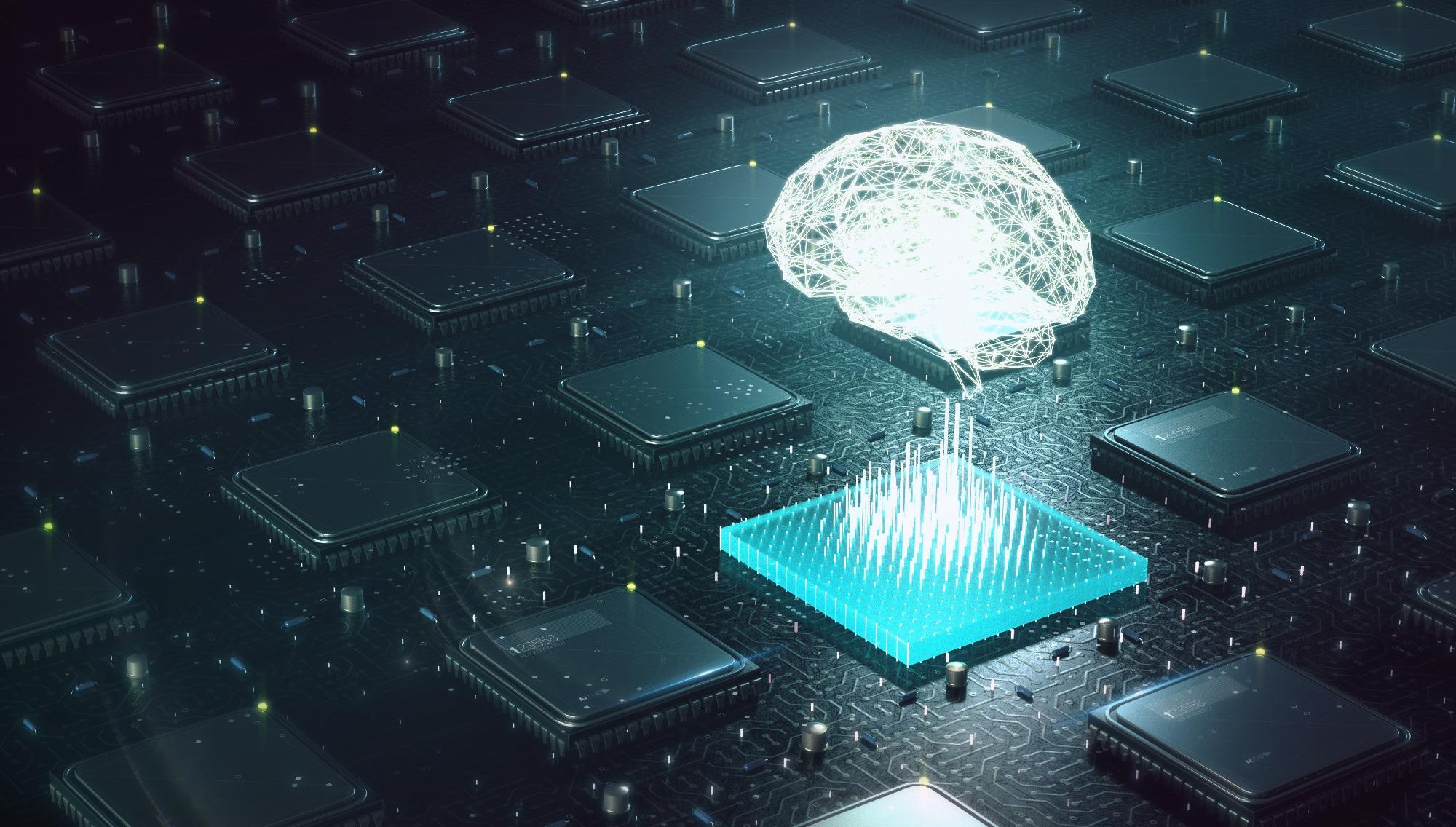
Image Credit: Shutterstock.com/archy13
Using sets of current disaster data and an adaptive artificial intelligence (AI) model, the group plans to engineer an alert system that can predict natural and human-induced disasters, beginning with vehicle collisions and wildfires.
Disaster detection systems have been in existence for some time, but current systems are used to sense natural and human-induced disasters after they take place. Imagine an earthquake detection system activated by seismometers that sense seismic wave vibrations as they travel through the earth’s crust.
Using time frames, location factors, accident rates and more, the smart disaster prediction system for smart cities, or technologically advanced zones that use technology to gather data and increase operations, will forecast, for any locality in the United States, traffic accidents and wildfires. The system could later be stretched to include other catastrophes.
HU Information Systems Engineering Management Professor Dr. Amjad Umar, and Information Technology and Management Professor Dr. Iheb Abdellatif, were awarded an HU Presidential Research Grant to build the system with students.
Ph.D. students Praveena Jakkula and Nandkumar Niture are building their thesis proposals on the study. Undergraduate students, John Vincent and Jonathan Byler, also are helping with the project.
Abdellatif has guided the Ph.D. students as creating the system took three research thrusts:
Thrust one comprised the creation and consolidation of data that will help assess all factors leading to wildfire and traffic collisions throughout the United States.
During the second thrust, the team pinpointed the main factors contributing to wildfires and traffic accidents in a particular locality. This thrust’s contribution is unique as an agreement on major factors leading to wildfire or traffic accidents did not exist earlier.
The third thrust suggests the need to develop an AI model that will forecast wildfire and traffic accidents in any neighborhood in the United States. The team has already designed basic forecasting AI models to estimate the number of traffic collisions and wildfires in 2022 in California and Pennsylvania. Additional granular and accurate AI models will be developed during the following year.
The technology and processes used in the project have exposed students to a wealth of practical learning experiences.
For example, students could become acquainted with the disruptive technologies used by Smart Cities (Internet of Drones, artificial intelligence, satellite imagery processing and more), showing them how satellites function or how autonomous trucks are able to travel from one point to another without any manual intervention.
Undergraduate students have established teamwork skills by collaborating with graduate students and project partners, including Bluesail Solutions (Industrial partner), California State Polytechnic University, Pomona (First academic partner), and IoT Lab Canada (Second academic partner), all of which are keen to design and execute a Smart Disaster Prediction System for Smart Cities.
The experiential learning component for students taking part in the project has been immense. Moreover, using technology and current resources to help save lives is very satisfying, Umar said.
He observed that between 1960 and 2019, 68 million acres were destroyed by wildfires across the United States and during the 10 years since Hurricane Katrina, the world has witnessed a yearly average of 260 massive natural disasters, with average yearly economic losses of $211 billion, 76,000 lives lost, and insured losses of $63 billion. Furthermore, over 33,000 people die in traffic accidents in the United States every year.
Decreasing these awful figures, even by a tiny percentage, makes this endeavor worthwhile, Umar said.
This tool should be able to produce a very simple output that predicts that this type of disaster will occur in this area based on the past information that we have. Even if we could make a small dent in (fatalities), this would have tremendous value. That is the motivation behind our work.
Dr. Amjad Umar, Professor, Information Systems Engineering Management, Harrisburg University